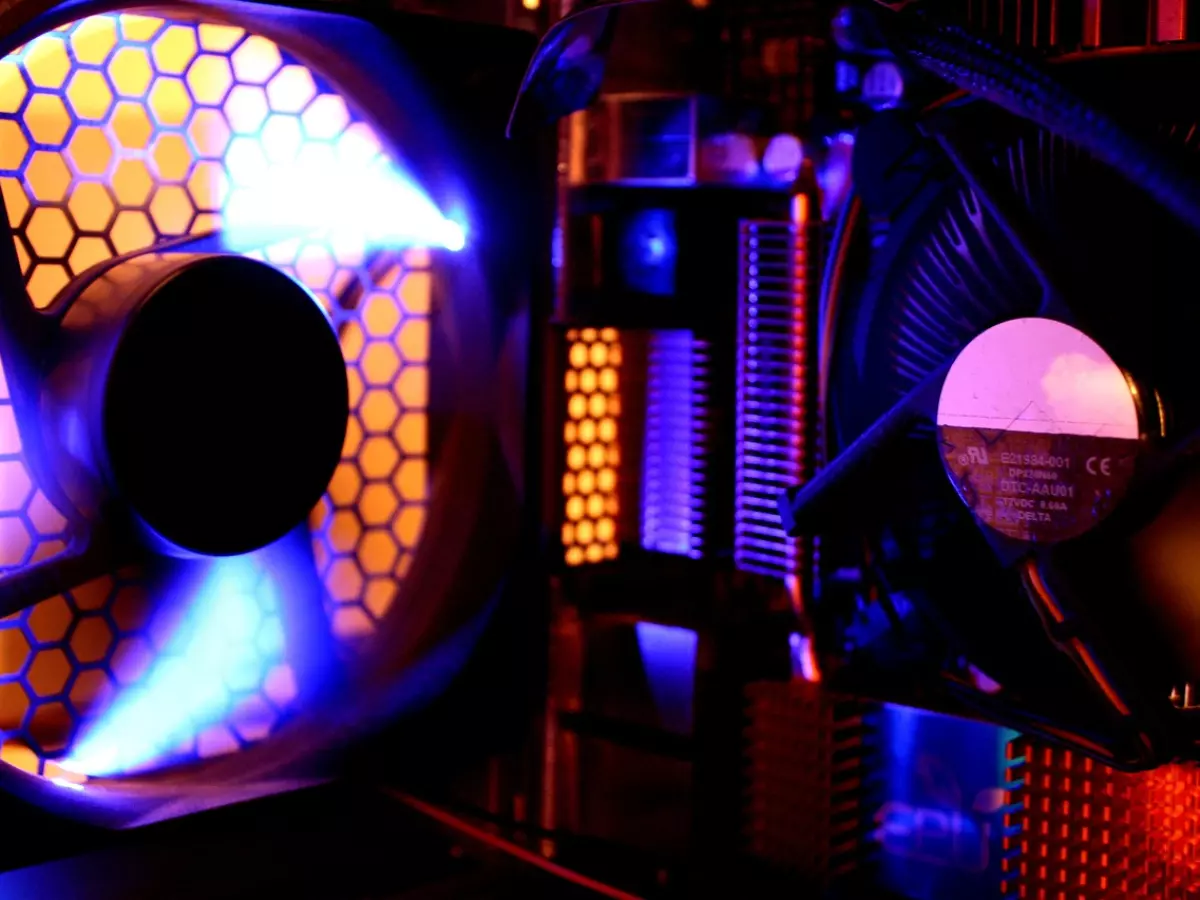Thermal Design Power Demystified
Ever wondered why your PC sometimes feels like a space heater? Blame it on TDP.

By Alex Rivera
Thermal Design Power, or TDP, might sound like one of those obscure tech specs that only engineers care about. But here’s the kicker: it’s not just a number. It’s a silent player shaping your PC’s performance, cooling, and even your electricity bill. If you’ve ever cursed your PC for being too hot, too loud, or too slow, chances are, TDP is at the heart of the issue.
Let’s break it down. TDP is essentially the maximum amount of heat your CPU or GPU is designed to produce under typical workloads. Think of it as your hardware’s heat budget. The higher the TDP, the more heat your cooling system needs to dissipate. But here’s the twist: TDP isn’t just about heat—it’s also a proxy for power consumption. And power consumption, my friend, is where things get spicy.
Why TDP Isn’t Just About Heat
First, let’s address the elephant in the room: TDP isn’t a perfect measure of power consumption. It’s more like an educated guess. Manufacturers calculate TDP based on expected workloads, but real-world usage can vary wildly. For instance, a CPU with a 65W TDP might spike to 100W or more under heavy loads. That’s why your PC sometimes sounds like a jet engine during gaming marathons.
But here’s the kicker: TDP also influences your PC’s performance. High-TDP components often deliver better performance because they can draw more power. However, this comes at a cost—literally. More power means more heat, which requires better cooling. And better cooling often means more expensive hardware. It’s a vicious cycle, but one that’s worth understanding if you’re serious about optimizing your PC.
Cooling: The Unsung Hero
Speaking of cooling, let’s talk about why it matters. Your PC’s cooling system is like the referee in a high-stakes game. If it can’t keep up with your hardware’s TDP, you’re in for a world of hurt. Overheating can lead to thermal throttling, where your CPU or GPU slows down to prevent damage. And trust me, nothing kills your gaming vibe faster than a laggy frame rate.
So, how do you keep your PC cool? Start with the basics: invest in a good CPU cooler and ensure proper airflow in your case. If you’re rocking a high-TDP GPU, consider liquid cooling. It’s not just for show—it’s a game-changer for thermal management. And don’t forget about thermal paste. A tiny dab can make a big difference in heat transfer.
The Power Bill Factor
Now, let’s talk about something that hits closer to home: your power bill. High-TDP components are power-hungry beasts. If you’re running a gaming rig with a 250W GPU and a 125W CPU, you’re looking at some serious energy consumption. And that’s before you factor in peripherals, monitors, and other components.
But here’s the silver lining: modern hardware is getting more efficient. CPUs and GPUs are delivering better performance per watt, thanks to advancements in architecture and manufacturing. So, while high TDPs can still be a concern, they’re not the energy vampires they used to be.
Choosing the Right TDP for You
So, how do you choose the right TDP for your needs? It depends on your priorities. If you’re a gamer or content creator, you’ll want high-TDP components for maximum performance. Just be prepared to invest in cooling and power. If you’re building a budget or energy-efficient PC, look for components with lower TDPs. They might not be as powerful, but they’ll run cooler and quieter.
And don’t forget about your use case. If you’re building a PC for light tasks like web browsing and office work, a low-TDP CPU is more than enough. But if you’re diving into 4K gaming or video editing, you’ll need the extra horsepower—and the cooling to match.
The Future of TDP
As technology evolves, so does TDP. Manufacturers are finding new ways to balance performance and efficiency, from advanced cooling solutions to smarter power management. And with the rise of AI and machine learning, we’re seeing hardware that can dynamically adjust its TDP based on workload. It’s like having a PC that knows when to go full throttle and when to chill out.
But here’s the thing: TDP will always matter. Whether you’re a casual user or a hardcore gamer, understanding TDP is key to building a PC that meets your needs. So, the next time you’re shopping for hardware, don’t just look at clock speeds and core counts. Take a closer look at TDP. It might just be the most important number you’ve been ignoring.
In the end, TDP is more than a spec—it’s a story. A story about power, heat, and the delicate dance between performance and efficiency. And like any good story, it’s worth paying attention to.





